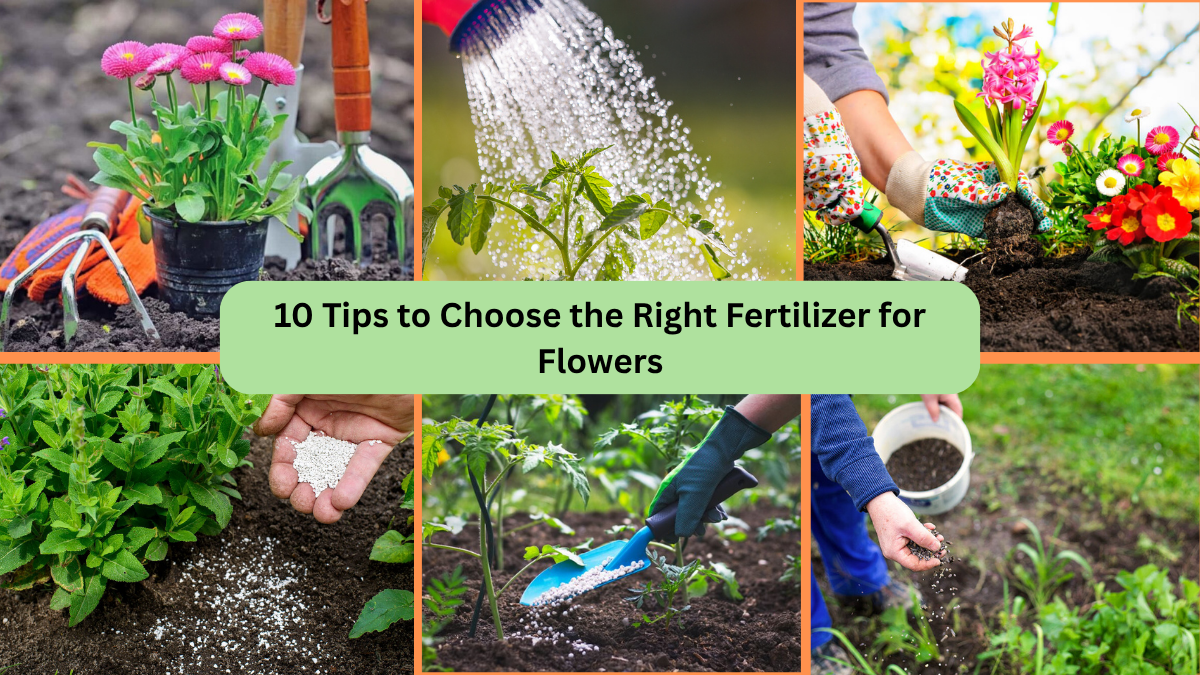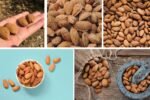Flowers are the heart of any garden — adding color, fragrance, and beauty to your outdoor or indoor space. But even the healthiest flowers need the right nutrients to thrive. Fertilizers provide essential elements that plants might not get from soil alone. However, with so many types and formulas available, choosing the right fertilizer for your flowers can feel overwhelming.
To help you navigate this crucial gardening decision, here’s a detailed guide featuring 10 practical tips for selecting the perfect fertilizer for your flowering plants — ensuring they bloom brighter, last longer, and grow healthier.
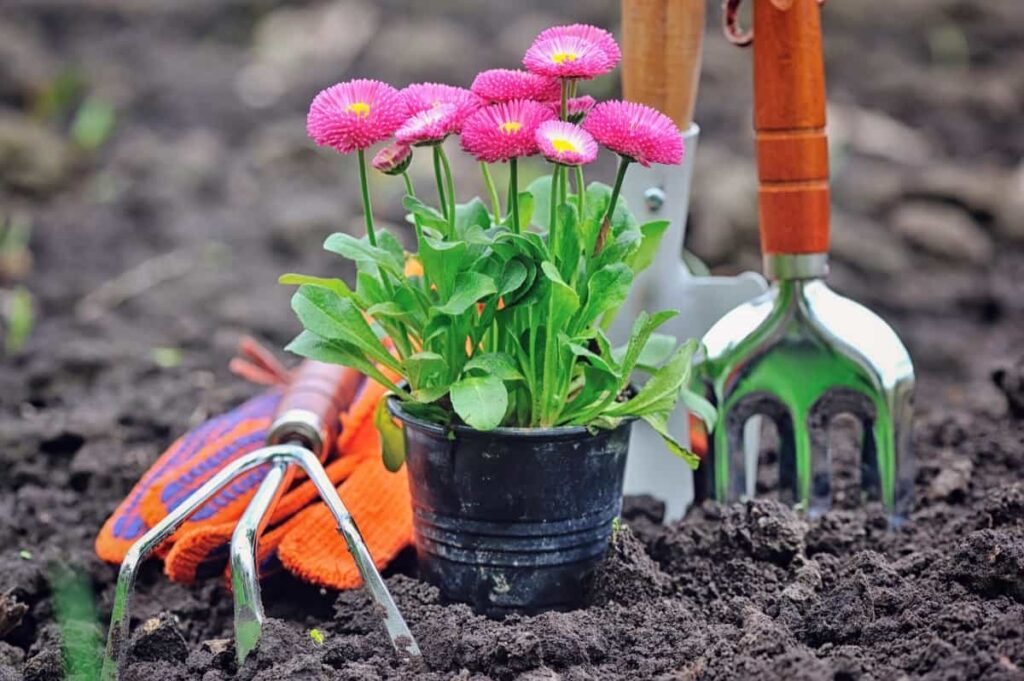
Why Do Flowers Need Fertilizer?
Before diving into tips, it’s important to understand why fertilizers matter. Flowers, like all plants, require nutrients for photosynthesis, growth, and bloom production. While natural soil contains some nutrients, over time, these get depleted. Fertilizers replenish those essential nutrients, helping flowers:
- Produce more abundant, vibrant blooms
- Grow stronger stems and leaves
- Resist pests and diseases
- Recover from environmental stress

10 Tips to Choose the Right Fertilizer for Flowers
1. Understand the N-P-K Ratio
Every fertilizer comes with an N-P-K ratio listed on the label — it stands for Nitrogen (N), Phosphorus (P), and Potassium (K). Each nutrient has a specific role:
- Nitrogen (N): Promotes leafy green growth
- Phosphorus (P): Encourages root development and flower production
- Potassium (K): Boosts overall plant health, disease resistance, and bloom longevity
For flowering plants, choose a fertilizer with a higher middle number (Phosphorus) like 10-20-10 or 15-30-15 to stimulate more blooms.
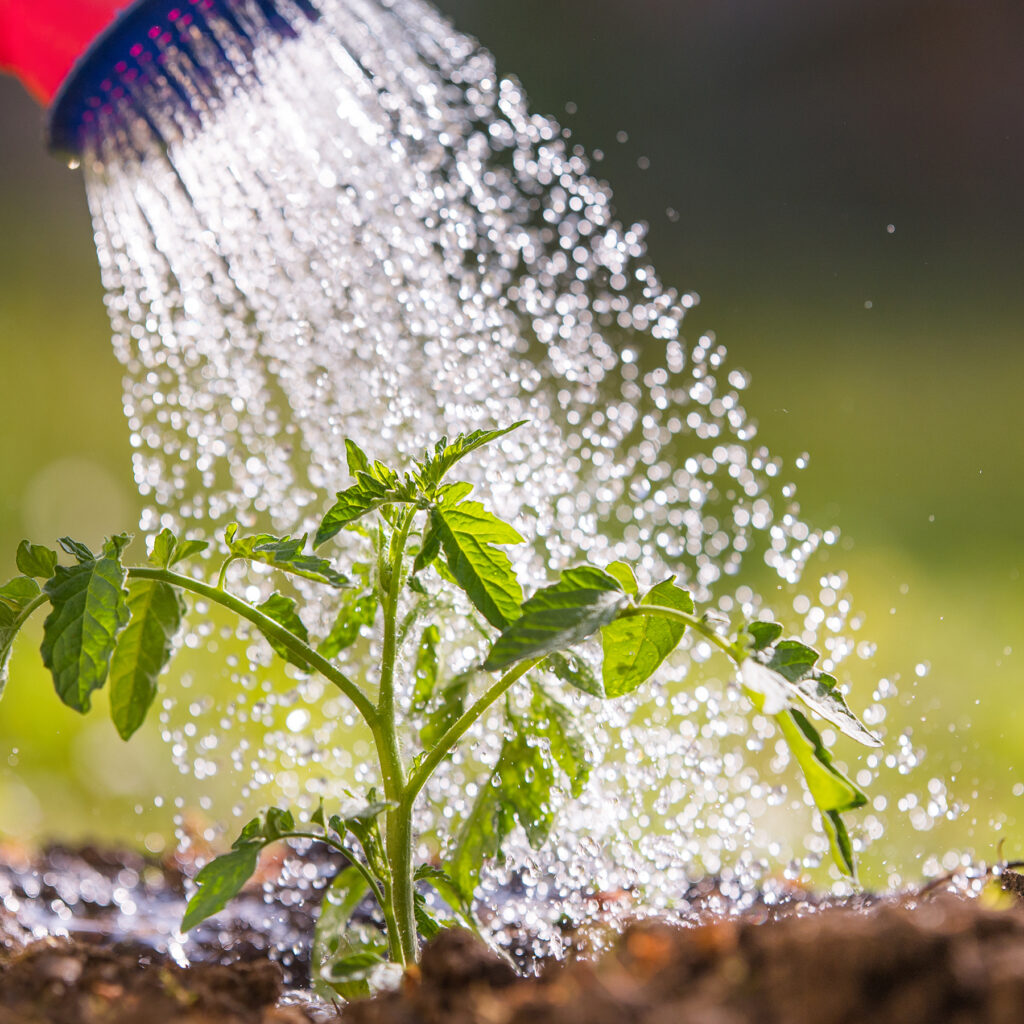
2. Determine Whether Your Soil Needs Supplementing
A soil test is a gardener’s best friend. It tells you exactly what nutrients your soil already has and what it lacks. Many garden centers offer soil testing kits, or you can get a professional analysis.
Why it matters:
If your soil is already high in nitrogen, adding a high-nitrogen fertilizer might encourage leafy growth but reduce flowering. Testing ensures you apply the right fertilizer tailored to your garden’s needs.
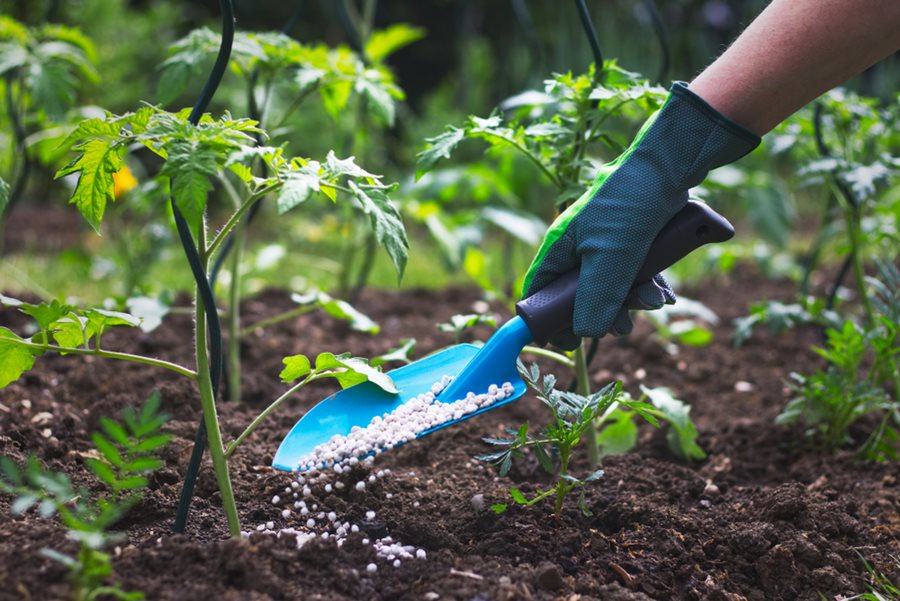
3. Choose Between Organic and Synthetic Fertilizers
Fertilizers come in two main types:
- Organic Fertilizers: Made from natural sources like compost, bone meal, fish emulsion, and manure. They improve soil health over time and release nutrients slowly.
- Synthetic Fertilizers: Manufactured chemicals with fast-acting, precise nutrient content. They’re effective for quick boosts but don’t improve soil structure.
Pro Tip: Use organic fertilizers for long-term soil health and synthetic ones when you need an instant nutrient boost, like before a bloom season.
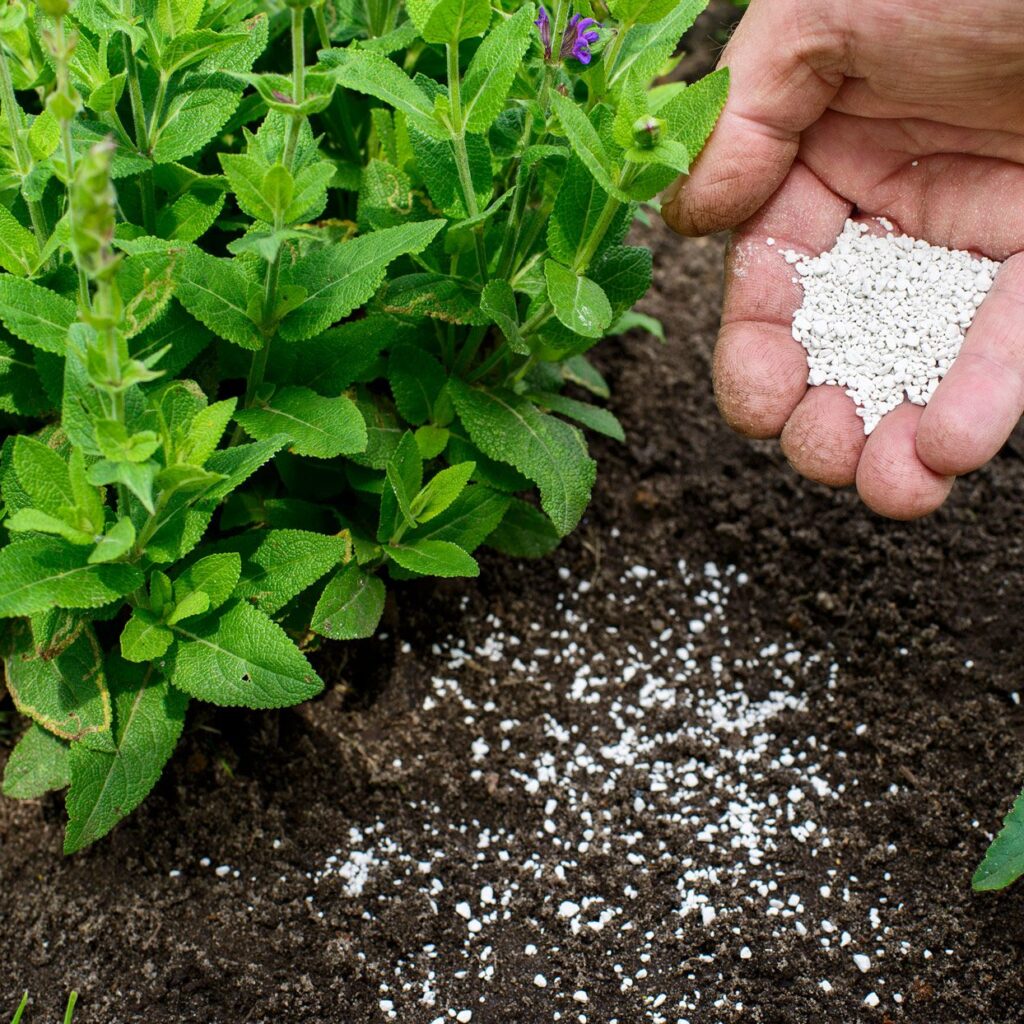
4. Match Fertilizer Type to Plant Life Cycle
Different stages of a flower’s life need different nutrients:
- Young, leafy plants: Benefit from balanced or slightly higher nitrogen fertilizers to encourage foliage.
- Budding and flowering plants: Require fertilizers higher in phosphorus for bud and bloom development.
Example: Start with a 10-10-10 fertilizer when planting, then switch to a 5-10-5 or 10-20-10 formula as flowers begin to bud.

5. Consider Liquid vs. Granular Fertilizers
Fertilizers come in different forms, each with its pros and cons:
- Liquid Fertilizers: Fast-acting, easy to apply with a watering can or hose attachment. Ideal for container flowers and hanging baskets.
- Granular Fertilizers: Slow-release, applied to soil and broken down over time. Great for in-ground flower beds.
- Spikes and Pellets: Convenient, pre-measured doses inserted into the soil. Good for potted plants.
Choose a form based on your gardening style and how frequently you prefer to fertilize.
6. Watch Out for Specialty Fertilizers
Some flowers have unique nutrient needs. Specialty fertilizers are designed for specific plants like:
- Roses: Need higher potassium and magnesium
- Orchids: Prefer balanced, diluted feeds
- Azaleas and Rhododendrons: Require acidic fertilizers
- Bloom Boosters: High-phosphorus blends for heavy bloomers like petunias, zinnias, and marigolds
Use specialty fertilizers to meet your specific plant varieties’ preferences for optimum growth.
7. Check the Release Rate
Fertilizers release nutrients at different rates:
- Slow-Release Fertilizers: Coated granules that feed plants gradually over several weeks or months. Reduces the need for frequent applications.
- Quick-Release Fertilizers: Water-soluble, offering immediate nutrient availability. Best for a fast recovery after plant stress or before bloom cycles.
Combine both types for continuous, balanced nourishment.
8. Read the Label for Secondary Nutrients and Micronutrients
In addition to the main N-P-K nutrients, good flower fertilizers include:
- Calcium (Ca)
- Magnesium (Mg)
- Sulfur (S)
- Iron (Fe)
- Manganese (Mn)
These elements enhance flower color, prevent deficiencies, and strengthen plant immunity. Choose a fertilizer with these bonus nutrients for the healthiest blooms.
9. Adjust Fertilizer Choice Based on Growing Environment
Different environments influence nutrient needs:
- Container plants: Lose nutrients faster, requiring regular feeding with liquid fertilizers.
- Indoor flowering plants: Benefit from balanced, diluted feeds every few weeks.
- Outdoor beds: Prefer slow-release, granular fertilizers applied seasonally.
Consider sun exposure, wind, rainfall, and soil type when selecting your fertilizer.
10. Avoid Over-Fertilizing
More isn’t always better when it comes to fertilizer. Over-fertilizing can:
- Burn plant roots
- Cause excessive leafy growth at the expense of blooms
- Lead to salt build-up in soil
Rule of thumb: Always follow label instructions. When in doubt, start with a half-strength solution and gradually increase if needed.
Top Flowering Fertilizer Picks (Examples)
| Fertilizer Brand/Type | N-P-K Ratio | Ideal For |
|---|---|---|
| Miracle-Gro Bloom Booster | 15-30-15 | Fast-blooming annuals & perennials |
| Espoma Flower-tone Organic | 3-4-5 | Organic gardens, roses, perennials |
| Jobe’s Flowering Plant Spikes | 10-10-4 | Container plants, easy application |
| Schultz Liquid Plant Food | 10-15-10 | Indoor & outdoor flowers |
Final Thoughts
Choosing the right fertilizer for your flowering plants doesn’t have to be complicated. By understanding N-P-K ratios, recognizing your soil’s needs, and selecting the correct form and release type, you’ll set your flowers up for rich, colorful, and long-lasting blooms.
Use these 10 smart tips as your go-to guide for fertilizing, and watch your garden transform into a vibrant floral paradise season after season!
